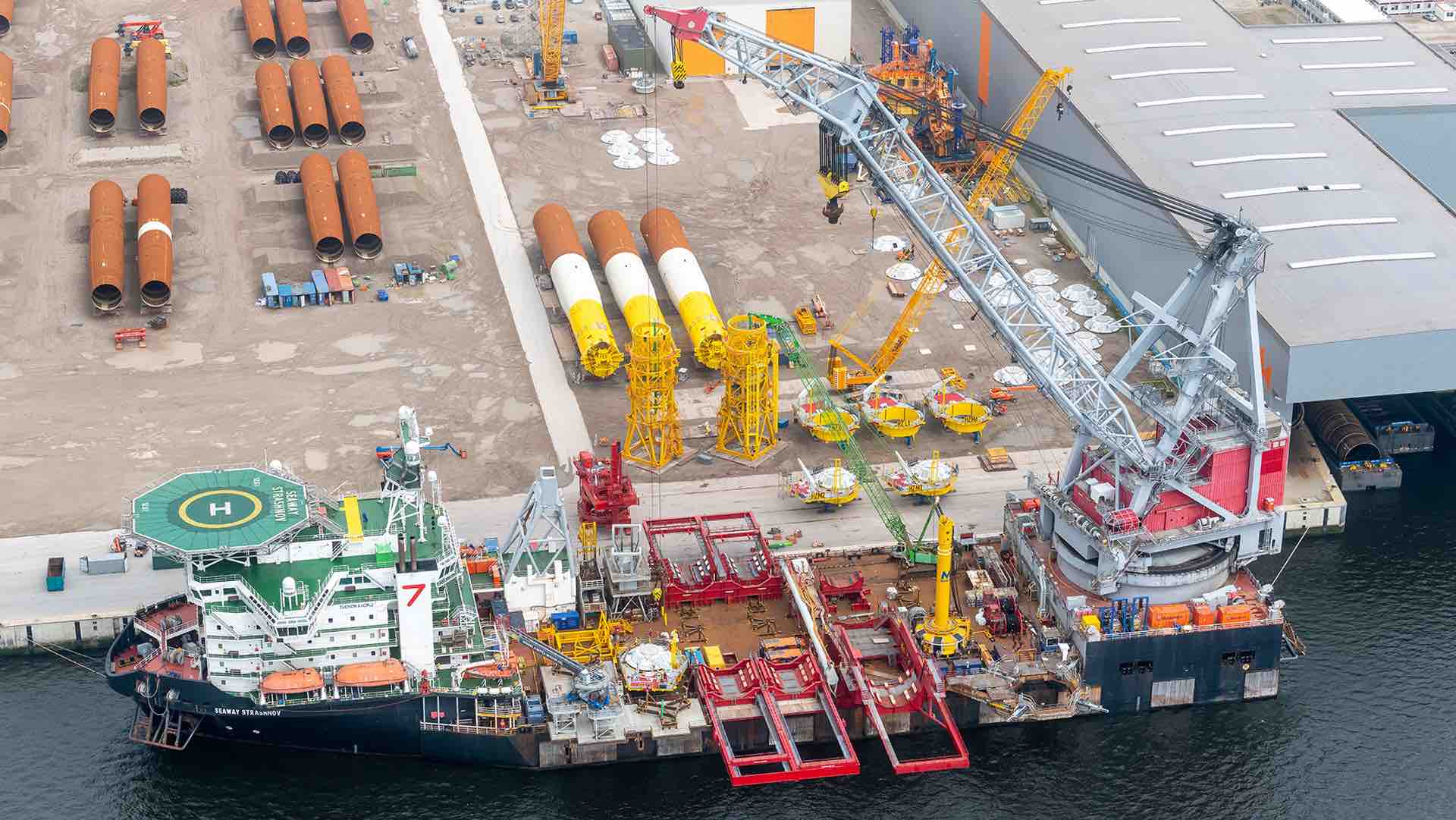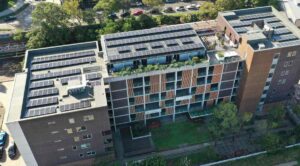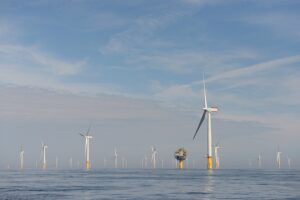Swedish power company Vattenfall has begun construction of the 1.5GW Hollandse Kust Zuid offshore wind farm, the world’s first subsidy-free offshore wind project, which is located off the coast of the Netherlands.
Vattenfall won the rights to build all four allotments in the Hollandse Kust Zuid (HKZ) offshore wind zone in September 2018 and July 2019, with the tenders for both the 700MW HKZ 1 & 2 and 760MW HKZ 3 & 4 awarded with no government subsidy.
Vattenfall starts construction of offshore wind farm Hollandse Kust Zuid https://t.co/plHcgiQwLw#Vattenfall #windpower #sustainability #renewables pic.twitter.com/H1Oqe0EshN
— Vattenfall Group (@VattenfallGroup) July 5, 2021
As with most new technologies, offshore wind required a bit of a helping hand from governments in the form of subsidies and guaranteed contracts – necessary to get the technology onto its own two feet.
Many expected it would take decades for offshore wind technology to become cost competitive with traditional forms of power generation, and even more developed renewable technologies, such as solar and onshore wind.
However, as Vattenfall demonstrated in 2018 and 2019, subsidy-free offshore wind development is already a reality. European offshore wind subsidies have plummeted in recent years, through the now-commonplace Contracts for Difference schemes.
“With the construction of the first subsidy-free offshore wind farm in the world we are starting a new chapter, demonstrating that this market is becoming mature,” said Martijn Hagens, CEO Vattenfall Netherlands.
A 2020 paper similarly found that “the era of subsidy-free wind farms will begin in 2023” and that, against all common sense, “several wind farms could expect to earn less money under the CfD support scheme than under wholesale market terms alone.”
Vattenfall’s Hollandse Kust Zuid offshore wind farm – which roughly translates to Dutch Coast South – therefore stands as the beginning of a new era of offshore wind farms.
And with construction now underway – with the first vessel transporting foundations to the construction site having departed on Monday – Hollandse Kust Zuid is expected to be online, on time, by 2023.
“Over the next few months, we will already install dozens of foundations,” said project director Ian Bremner.
“During the winter there is a scheduled break, as sea and weather conditions are often too poor to work safely. In the spring of 2022, construction will resume, and we will install the remaining foundations followed by inter array cables and turbines.
The first turbines are currently scheduled to be commissioned in the spring of 2022, with all turbines expected online by summer of 2023.”
Originally planned to use 10MW wind turbines supplied by Spanish wind turbine manufacturing giant Siemens Gamesa, the company’s subsequent “flexed” 11MW turbines will instead be used, reducing the number of turbines necessary.

Construction will begin with the installation of monopile foundations, in water depths varying from 17 to 28 metres, each of which will be specifically designed for the specific location it will be installed. The heaviest and largest monopile weighs in at 955 tonnes and measures 75-metres in length.
Conversely, the lightest and shortest foundation weighs 735 tonnes and is only 62-metres in length.
Each monopile is transported to their offshore location and posited above the exact location before a ship’s crane then lifts the monopile into the water and lowers it until it reaches the seabed.










